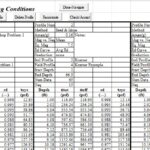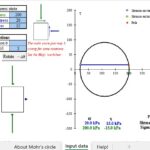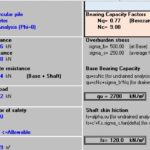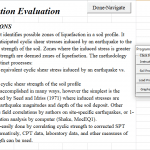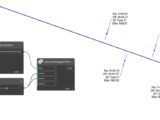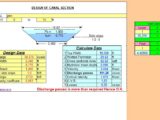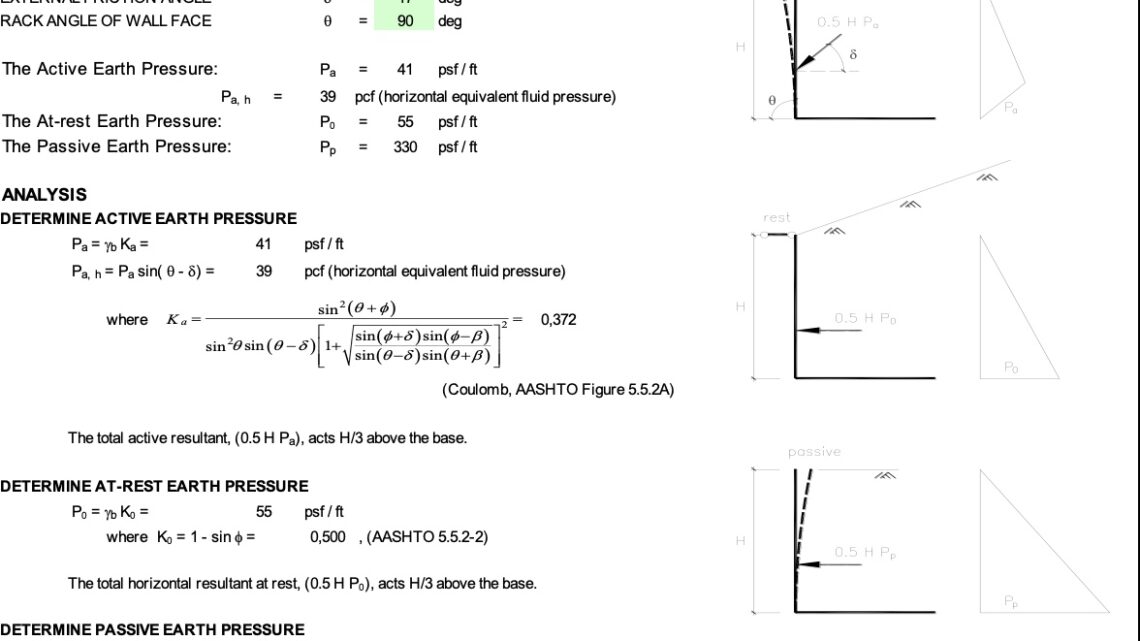
Lateral Earth Pressure of Rigid Wall Based on AASHTO 17th & 2015 IBC Spreadsheet
3 January 2025Table of Contents
Lateral Earth Pressure of Rigid Wall Based on AASHTO 17th & 2015 IBC Spreadsheet
When designing retaining walls and other rigid structures in geotechnical engineering, understanding lateral earth pressure is essential. This critical concept determines the forces exerted by soil onto rigid walls, influencing the wall’s stability and structural design. In this article, we’ll delve into the fundamentals of lateral earth pressure, explore its types, applications, and calculations, and offer a special opportunity to receive a free activation for a product that can streamline your work.
What is Lateral Earth Pressure?
Lateral earth pressure refers to the horizontal pressure exerted by soil on a vertical or near-vertical rigid wall. This pressure varies based on soil type, wall movement, and external forces such as water or surcharge loads. Engineers must account for these forces to ensure the structural integrity and safety of retaining walls, basement walls, and similar structures.
Types of Lateral Earth Pressure
Lateral earth pressure can be categorized into three primary types:
- Active Earth Pressure (Pa):
- Occurs when the wall moves away from the soil, reducing the pressure.
- Typically, the lowest lateral pressure experienced by the wall.
- Calculated using Rankine or Coulomb’s earth pressure theories.
- Passive Earth Pressure (Pp):
- Arises when the wall moves toward the soil, increasing the pressure.
- Represents the maximum lateral pressure a wall can resist before failure.
- Often much greater than active pressure.
- At-Rest Earth Pressure (Po):
- Occurs when the wall does not move, resulting in an equilibrium state.
- Lies between active and passive pressures in magnitude.
- Calculated using the at-rest earth pressure coefficient (Ko).
Key Factors Affecting Lateral Earth Pressure
Several factors influence the magnitude of lateral earth pressure on a rigid wall:
- Soil Properties: Soil type, cohesion, internal friction angle, and unit weight significantly impact pressure calculations.
- Wall Movement: The direction and magnitude of wall movement dictate whether active, passive, or at-rest conditions prevail.
- Water Table: Presence of water increases hydrostatic pressure, adding to the total lateral load.
- Surcharge Loads: Additional loads such as vehicles or structures near the wall affect pressure distribution.
Applications of Lateral Earth Pressure Analysis
Lateral earth pressure calculations are integral to designing:
- Retaining Walls: Gravity walls, cantilever walls, and anchored walls.
- Basement Walls: Ensuring structural safety against soil and water pressures.
- Bridge Abutments: Protecting infrastructure from soil movements.
- Sheet Piles: Used in excavation support and waterfront structures.
How to Calculate Lateral Earth Pressure
Engineers use established formulas and methods for precise calculations. The two most common approaches include:
- Rankine’s Theory:
- Assumes a planar failure surface and no wall friction.
- Suitable for simple, cohesive, or cohesionless soil conditions.
Where:
- : Active earth pressure
- : Soil unit weight
- : Wall height
- : Active earth pressure coefficient
- Coulomb’s Theory:
- Considers wall friction and inclination.
- Ideal for complex geometries and soil conditions.

